The bathroom is one of the most used rooms in modern UK homes, making it crucial to have functional storage and lighting. A bathroom mirror cabinet allows for concealed storage while providing the all-important mirror that helps us get ready each day.
In recent years, LED (light-emitting diode) mirror cabinets have surged in popularity due to their energy efficiency and sleek, built-in lighting design. But are they really worth the typically higher price tag compared to standard non-LED mirrored cabinets?
This article will compare LED and non-LED bathroom mirror cabinets to help UK households decide which is the better fit for their needs and budget. We’ll analyze the pros and cons of each option, including:
• Upfront costs — How much more expensive are LED cabinets? Do energy savings make up for this over time?
• Lighting quality and features — How do the lights compare, including brightness, color temperature options, and dimmability?
• Energy efficiency — How much can LED lighting trim off your electricity bill compared to traditional bulbs?
• Long-term durability — Which option stands the test of time with less repairs or replacements?
• Aesthetics — The sleek look of LEDs vs standard bulbs around the mirror.
By weighing these key considerations, we’ll determine whether the energy efficiency and visual appeal of bathroom mirror cabinets with lights justify their higher price point for the average UK home. The goal is to provide households the knowledge needed to choose which type best suits their bathroom and budget.
Understanding LED and Non-LED Bathroom Mirror Cabinets
When trying to buy bathroom mirror cabinets with lights, you will notice that there are two main options available to consider. They include mirror cabinets with LED lights and non-LED lights. What’s the best option out of these two?
What Are LED Bathroom Mirror Cabinets?
LED stands for “light-emitting diode.” LED lighting utilizes semiconductors to create light energy efficient. Unlike traditional light bulbs that use filaments prone to burnout, LEDs are extremely long-lasting.
The key features of LED bathroom mirror cabinets include:
• Built-In LED Lighting: The LEDs are integrated along the top and/or sides of the mirror, providing brighter, shadow-free illumination. This gives a sleek, modern look.
• Dimmable: Many LED mirrors allow adjusting the brightness levels to create the perfect ambiance.
• Color Temperature Control: Tunable LEDs let you adjust the light tone from warm to bright white and levels in between.
What Are Non-LED Bathroom Mirror Cabinets?
Non-LED bathroom mirrors utilize traditional bulb lighting like halogen or incandescent bulbs in the fixture above or alongside the mirror. Key traits include:
• External Lighting: The light source comes from bulbs surrounding the mirror instead of built in. This can create more shadows on the face.
• No Dimming Ability: Traditional bathroom mirror lights typically only have on/off functionality.
• Single Light Temperature: Halogen and incandescent lights give off a warm, yellowish hue without color adjustment options.
Key Components of Both Systems
While the lighting technology differs, LED and non-LED mirror cabinets share many of the same general components, including:
• Mirrors: Mirrored glass to provide reflection. Most today use safe, shatter-resistant designs.
• Frames: Usually, aluminum or wood materials that match cabinet fronts.
• Additional Features: Some mirrors have defoggers, Bluetooth speakers, anti-fog pads, charging ports, and more.
So, in the end, it mainly comes down to the type of lighting utilized—integrated LEDs vs classic bulbs—along with dimming capabilities and color adjustment options that set these two bathroom mirror cabinet styles apart from one another.
Cost Analysis: LED vs. Non-LED Bathroom Mirrors
At the time of purchasing a LED bathroom mirror cabinet, you need to be aware of the costs as well. This section will help you with that.
Initial Purchase Costs
The upfront purchase price of LED bathroom mirror cabinets tends to be £200-£500 higher than non-LED models on average in the UK. Key factors affecting cost:
• Size - Larger mirrors with more LEDs and features cost more. Common sizes range from 50cm to 150cm.
• Brand - Premium designer brands charge more than value options.
• Features - Smart capabilities (defoggers, Bluetooth, etc.) boost prices.
In comparison, non-LED mirrored bathroom cabinets typically range from £150-£400 depending on the same size and feature variables. The lighting itself makes up little of the total cost.
Installation Costs
Installing an LED mirror cabinet can have higher wiring costs since they usually must be hard-wired to a 12V transformer, requiring professional help. Expect to pay £150-£300 in electrician fees for parts and labor.
Meanwhile, non-LED models simply plug into standard wall outlets in most cases, ideal for DIY installation. However, hard wiring any bathroom mirror for a built-in look has wiring costs regardless of LED.
Maintenance and Replacement Costs
One major perk of LED lighting is extremely long-lasting performance. The LEDs integrated into bathroom mirror cabinets last up to 20+ years before needing replacement. This compares to just 2-3 years lifespan for halogen bulbs and 1 year for incandescent.
Over a 10-year period, just one $15 LED bulb replacement is needed compared to replacing a $50 LED fixture 4+ times. This adds up to over £200 in bulb/fixture replacement costs for non-LED mirrors! So, while LED mirrors have higher upfront costs, they pay for themselves over time.
Lighting Benefits: LED vs. Non-LED Mirrors
There are benefits of both options available when buying bathroom mirrors cand cabinets UK with lighting. This comparison will help you understand them in detail.
Illumination Quality and Brightness
The even distribution of LED lighting across the entirety of the mirror provides uniform illumination without intense hot spots or shadows. The light brightness can be tailored to one's exact preference, maxing out around 10,000 lumens for the brightest operational mirror possible.
Meanwhile, non-LED mirror lights powered by bulbs often create uneven lighting and glare across the mirror's surface. The light scatters from the peripheral fixtures rather than emitting evenly from within or behind the mirror itself.
Color Temperature and Customization
Tunable LED mirrors allow adjusting the color temperature from a warm 2700K glow to a cool 6000K daylight hue. This caters the lighting to specific tasks like applying makeup or shaving.
Non-LED options only emit a fixed warmth level around 3000-4000K with no customization ability. The light tone simply depends on the traditional bulb type used.
Dimming Capabilities
Dimmable LED mirrors offer lighting flexibility plus energy savings adjusted down when full brightness is not needed. Dims as low as 10% are common for nighttime or mood lighting looks.
With non-LED options, it's typically all or nothing in terms of illumination brightness. No variance or energy conservation possible.
Shadow Reduction and Task Lighting
The perimeter-lit design of LED mirror cabinets delivers evenly dispersed light across the entire reflective surface, reducing shadows that impede visibility while applying makeup or shaving.
Meanwhile, non-LED lighting from offside fixtures can create facial shadows and make detailed tasks like tweezing harder to see clearly.
Aesthetic Appeal
For contemporary bathroom aesthetics, LED mirrors feature clean, integrated lighting designs preferred by many homeowners versus the more utilitarian look of exposed perimeter bulb fixtures.
However, those desiring a traditional style may favor the familiar design of standard non-LED lighted mirrors. It's simply a matter of decorative tastes and trends.
Choosing the Right Mirror for UK Households
You need to make the right choice when buying illuminated mirror cabinets for bathrooms. Here are few tips that you can follow to pick the right bathroom mirror cabinet available out there.
Factors to Consider
When selecting a bathroom mirror cabinet, assess aspects like:
• Bathroom Size - What mirror widths fit the available wall space?
• Budget - How much can be spent upfront and over time for repairs/replacement?
• Design Style - Contemporary or traditional aesthetics preferred?
• Usage Frequency - High traffic by multiple household members?
Best Scenarios for LED vs. Non-LED Mirrors
LED mirrors work well for:
• Small Bathrooms - Where lighting and space are limited
• Rental Properties - Durability and longevity pay off over tenant turnover
• Eco-Conscious Households - Save energy with LED efficiency
Meanwhile, non-LEDs appeal more to:
• Traditional Design Admirers - Who favor familiar bulb lighting looks
• Budget Shoppers - Looking to minimize upfront mirror costs
Common Mistakes to Avoid
It's important to note IP water protection ratings for moisture resistance and check electrical compatibility. Ignoring either can lead to safety issues or malfunctions for any bathroom mirror installation. Planning wiring needs ahead of time prevents headaches down the road.
Conclusion
LED bathroom mirror cabinets shine over non-LED options for UK households prioritizing energy efficiency, custom lighting, and long-term cost savings. Though more expensive upfront, LED mirrors pay for themselves over a decade of use with drastic cuts to electricity bills and bulb replacement costs.
Ultimately, eco-conscious households and those simply wanting great task lighting with modern aesthetics gain an advantageous return-on-investment from installing LED-lit bathroom mirrors. Average families on tight budgets may still prefer non-LEDs for cheaper upfront costs. Either option still enhances storage space and illumination over going mirror-less.
For shoppers seeking their perfect fit bath mirror solution, visit Elegant Showers UK Online Shop to browse top LED and non-LED bathroom mirror. Elegant Showers offers affordable excellence whether you value sustainability or just love primping daily in the perfect lighting. Browse online today to get the best bathroom mirror cabinet for your property.

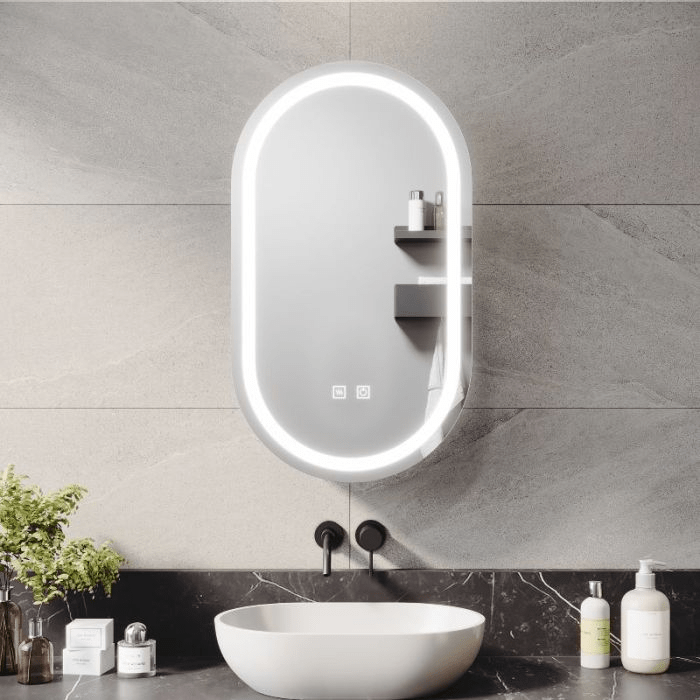

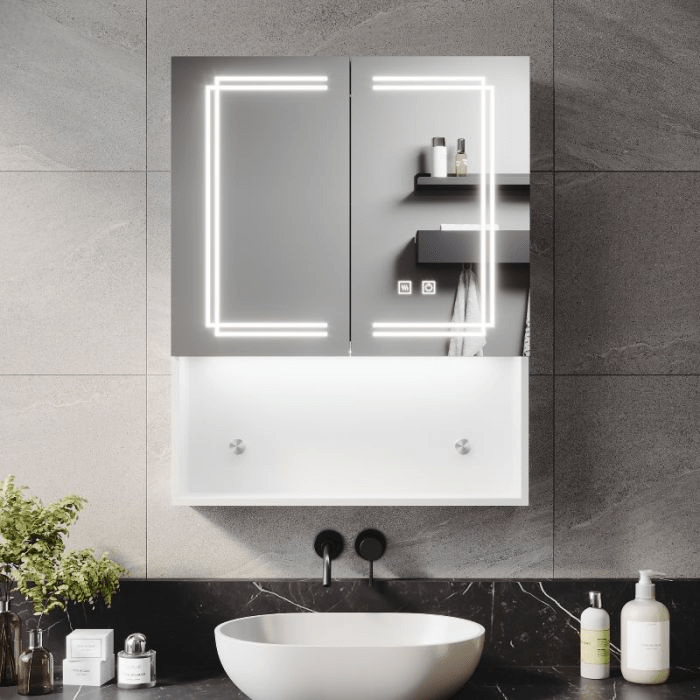
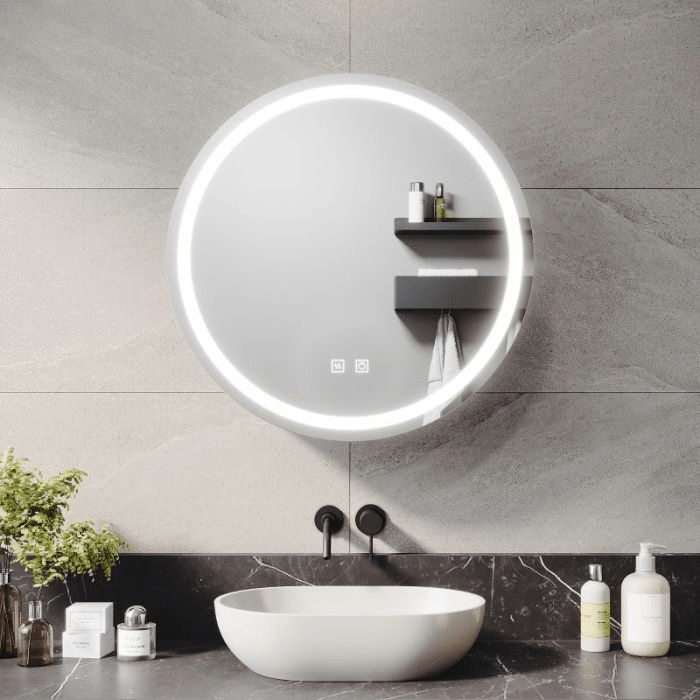
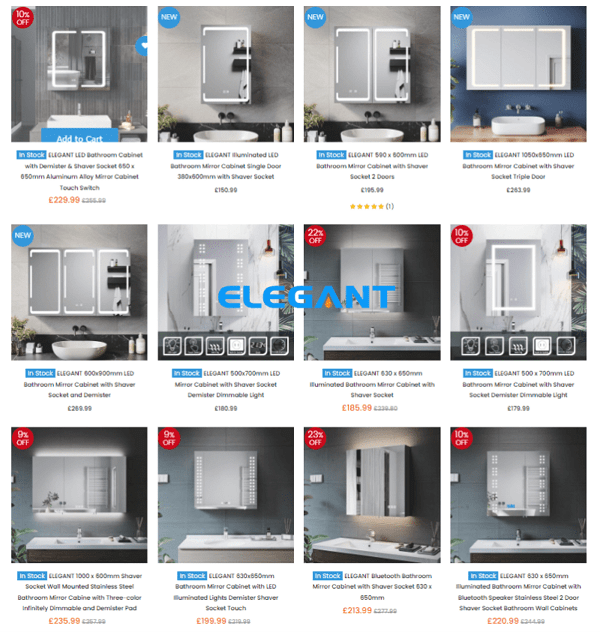
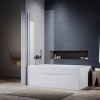






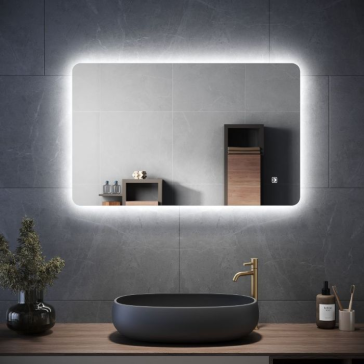

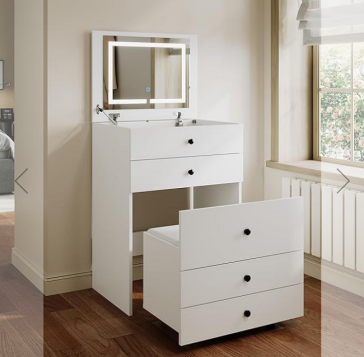
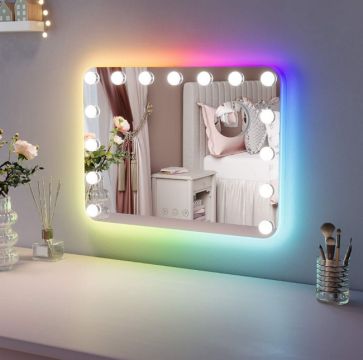
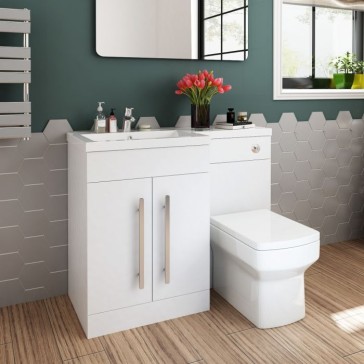
Validate your login